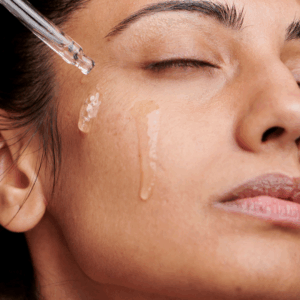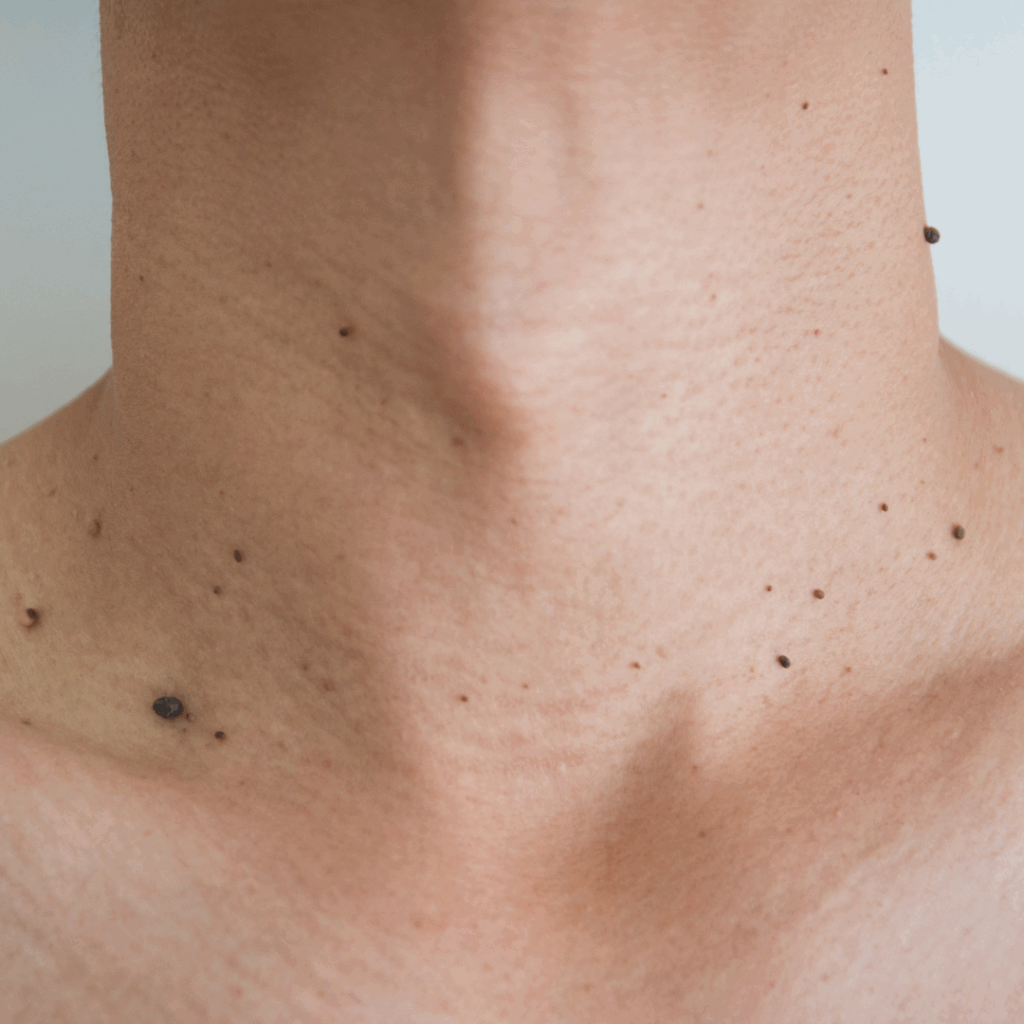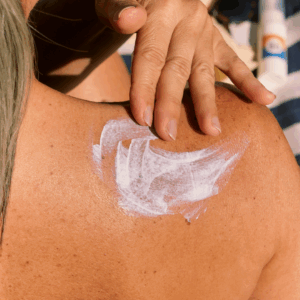
Skincare Awareness Month: Why Healthy Skin Should Be Your Top Priority
Celebrate Skincare Awareness Month by making your skin health a top priority. Discover expert tips and book your appointment today!
Shannon Del Grande is now seeing patients in our Wayne/Chesterbrook office.
Ever noticed a strange bump on your skin and wondered, “What in the world is that?” You’re not alone. Skin growths such as warts and skin tags are more common than you might think, and are often mistaken for each other. Though both are generally harmless, learning the differences between them can inform your decision to watch, treat, or have them surgically removed by a dermatologist.
In this article, we’ll break down what makes warts and skin tags distinct, what causes them to appear, how to tell them apart, and when it might be time to seek professional care.
While this article spells out some important information about Warts and Skin Tags, we highly recommend you read the full article, here are the key points we will focus on:

Warts are tiny, rough, skin-colored lesions caused by the human papillomavirus (HPV). This virus causes a surplus growth of keratin, a hard protein in the skin, that leads to a wart’s thickened, textured surface. Warts are contagious and can spread through direct contact with the virus, including touching a wart or touching surfaces like towels, floors, or razors that have been contaminated.
There are several different types of warts, including:
While warts are not harmful, they can be painful, spread easily, and can take months or even years to vanish by themselves without treatment.
Skin tags are small, soft, benign growths that often dangle from the skin on a stalk. These flesh-colored growths are not caused by a viral infection and are most commonly harmless, typically not being of any health risk to you.
While the exact cause of skin tags is not known, several factors have been implicated in the causation:
Given their somewhat similar appearance, it can be tricky to differentiate between a wart and a skin tag. However, by observing a few key characteristics, you can often determine which type of growth you’re dealing with.
Here are the primary ways to distinguish between them:
Appearance and Texture
Location
Symptoms
If you’re unsure, a dermatologist can accurately diagnose the growth and recommend appropriate treatment if necessary.
In most cases, both warts and skin tags are benign (non-cancerous) and not dangerous to your overall health. However, their presence can sometimes cause discomfort or raise cosmetic concerns, especially depending on their location or if they begin to change in appearance.
Warts:
Skin Tags:
Although they’re rarely a cause for concern, it’s important to get them evaluated by a professional to ensure it’s not something more serious, such as a precancerous lesion or skin cancer.
If you face the following signs and symptoms, it’s recommended to schedule an appointment:
While not all cases are avoidable, you can take steps to lower your risk:
If you’re unsure about a skin growth or simply want it professionally evaluated or removed, Bryn Mawr Dermatology offers the expert care you can trust. Our board-certified dermatologists specialize in identifying and treating a wide range of skin conditions, including warts and skin tags. We use safe, effective techniques to remove unwanted lesions with minimal discomfort and downtime.
Unlike over-the-counter remedies that may be ineffective or cause irritation, our in-office treatments are tailored to your skin type, medical history, and cosmetic concerns. Whether you’re dealing with persistent warts, skin tags in sensitive areas, or simply want peace of mind, our team is here to help.
Call us at (267) 486-3482 or book an appointment online to meet with one of our trusted dermatology professionals. Let us help you feel confident and comfortable in your skin.

Celebrate Skincare Awareness Month by making your skin health a top priority. Discover expert tips and book your appointment today!

Do you want to fade acne scars, smooth wrinkles, or remove unwanted hair? Learn how laser skin treatments can help!

Give your skin a much-needed reset this back-to-school season. Book your full-body skin check with Bryn Mawr Dermatology today.

Ready for a skin reset? Refresh your glow after summer with expert care and treatments at Bryn Mawr Dermatology. Book your appointment today.

Worried about summer sun damage? Learn UV safety tips to protect your skin all season long. Schedule your consultation today!

Think skin exams are only for those with visible concerns? Annual skin checks can detect early signs of cancer.

By: Bryn Mawr Dermatology, Published: March 4 2024
Medically Reviewed By: Christine Stanko, MD, FAAD –March 3, 2025
For COSMETIC APPOINTMENTS:
For MEDICAL APPOINTMENTS: